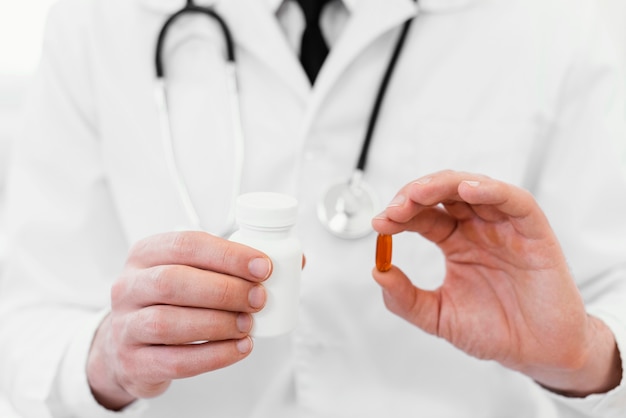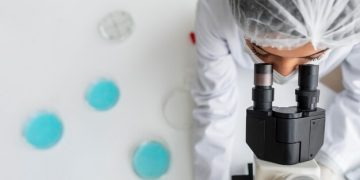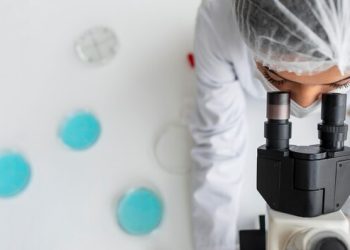
When people feel unwell, they often head straight to their medicine cabinets or book a doctor’s appointment. However, some prefer trying natural home remedies before opting for over-the-counter drugs. Despite varying consumer preferences, the pharmaceutical industry continues to thrive, with its value reaching USD 1.42 trillion in 2021, up from USD 1.26 trillion the previous year. Just two decades ago, the market was valued at only USD 390 billion.
Medications are designed to address specific health issues, so they must be produced with great care to minimize potential side effects. The recent global health crisis and the emergence of new diseases have increased demand worldwide, prompting drug manufacturers and biotech companies to partner with trusted suppliers to ensure drug safety.
Curious about how medications are made? Let’s explore the stages of drug development.
Every drug begins its journey in a lab, where researchers study a disease’s onset and progression. This helps them hypothesize new or alternative treatments. Once they identify the factors contributing to the disease, they search for a compound or molecule that could potentially halt or slow its progression. This process is time-consuming, even with advanced genetic and protein analysis technologies.
After identifying potential compounds, researchers narrow down the list, which can include thousands of options, to find the most promising ones. These compounds are then tested using animal cells, computer models, or cultured cells to gather initial data on their efficacy and safety.
Developing a drug is a complex and costly process, often taking up to 15 years and costing millions or even billions of dollars. A study found that creating a single product can cost a median of USD 985 million.
The goal of drug development is to determine the best way to produce and use the drug. Researchers decide whether it should be an oral medication, a topical solution, or administered as a spray or injection. They study how the body absorbs and excretes the drug, its benefits, optimal dosage, and administration methods. They also assess toxicity levels, side effects, and interactions with other drugs.
Once initial tests are complete, the lab must apply for a clinical trial to test the drug on humans. A panel of experts reviews the results to ensure the treatment is safe for human testing. This phase, known as clinical trials, involves testing the drug on humans to confirm its safety and effectiveness. There are four phases of clinical trials, each designed based on the type of drug being developed.
After a drug receives market approval, manufacturers and the FDA continue to monitor its effects. They stay in touch with pharmacies, healthcare providers, and consumers to address any issues with prescription and over-the-counter medications. If problems arise, the FDA may issue warnings or withdraw the product if the risks outweigh the benefits.
While medications aim to alleviate symptoms and enhance patients’ quality of life, manufacturers must prioritize consumer safety. The stages of drug development ensure that new treatments are effective and safe before, during, and after their release. Every product must undergo these essential processes before being approved for human use.











































